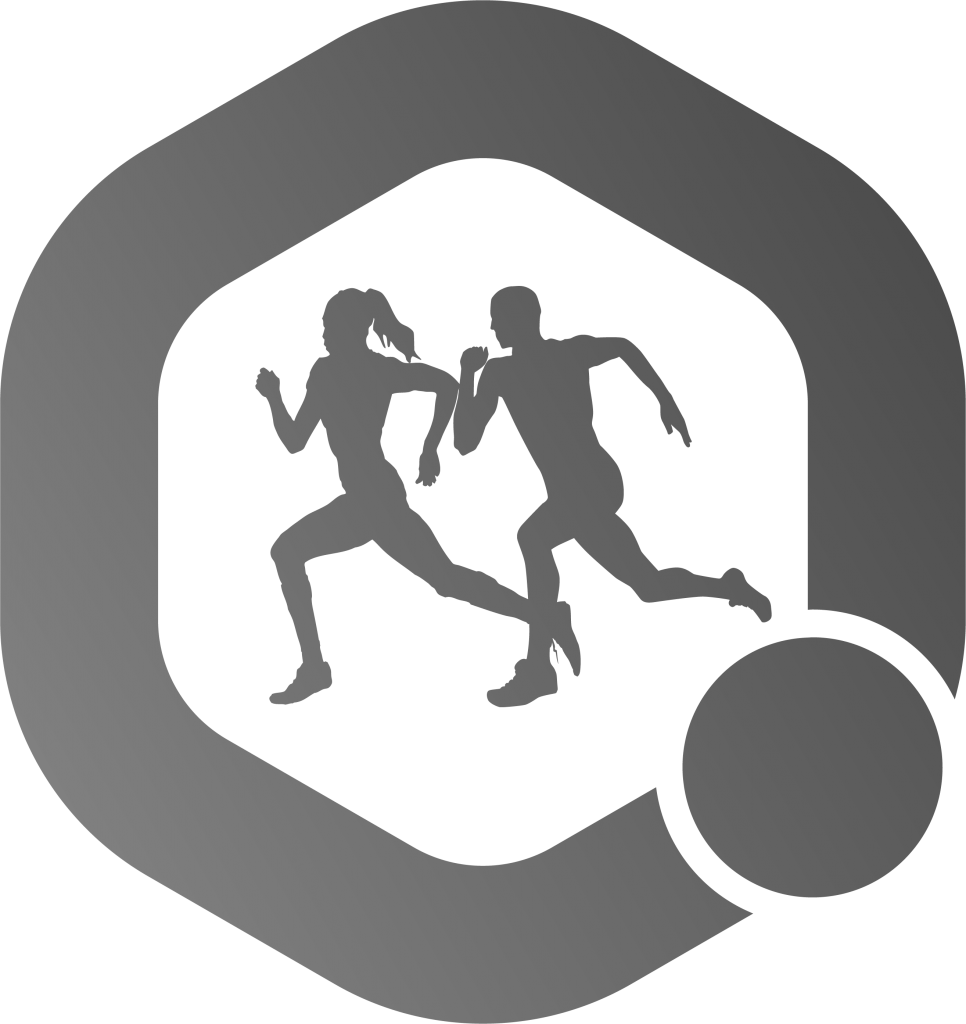It’s the year 2005 and a young foreign kid turns on the TV. On Channel 7, the Australian Open is being broadcasted. Not knowing the first rule of tennis, he is enthralled by this matchup.
It’s an 18-year-old rookie called Rafael Nadal vs a seasoned pro in Australian Lleyton Hewitt, that’s all he can deduce. But there is something about the youngster that leaves a lasting impression. He has something about him, an X factor, the game style, the biomechanical fluid movements of his left arm that make him stand out, maybe it’s his demeanour just pumps you up in the end.
CC by Christopher Johnson (Contact)
Whatever it was, it made me a huge fan of Nadal ever since. Fast forward 15 years and he is one of the greatest of all time with 19 grand slams and 84 titles.
But only 2 titles are on indoor hard courts and he despite his name being in the greatest of all-time conversation, he still has no ATP finals titles. His overall winning percentage of 83.3% is the highest of all time, which drops to just 70.1% on indoor hard courts. Here I will discuss why that might be the case.
Firstly, indoor hard-court tournaments including the ATP finals are a best of 3 sets matchups. The modern tennis way revolves around aggressive strategies such as heavy groundstrokes and big service games with great emphasis on producing aces. Maintaining such an attacking game plan in a best of 3 set match is much easier than going at it for 5 sets.
On the other hand, Nadal’s strengths consist of heavy defence, great accuracy in ball placement, the use of topspin and most importantly: to grind the opponent down using his superior stamina and high fitness rate.
CC by Brett Marlow (Contact)
Nadal, unlike his opponents, has the amazing ability to maintain a high level of tennis throughout 5 sets, as exemplified by his amazing final set win rate of 69%, which is the 7th best of all time.
Therefore, opponents find it relatively easier to sustain these offensive tactics for a shorter period, effectively negating Nadal’s superior endurance and consistent level of tennis.
Secondly, the indoor hard-court conditions differ greatly than any other surface. The clay court, the slowest surface, offers Nadal ample time to play to his defensive strengths, get around balls and unleash his spectacular forehand to win points.
On outdoor hard courts, Nadal brings more of his offensive forte in addition to his resounding defence, by looking to end points as soon as possible. In recent years, Nadal’s grass-court game has also improved due to his enhanced net game. But the indoor hard-court conditions seem to be the one beast Nadal still struggles to tame even this late into his career.
The indoor surface seems to be much faster than all the other surfaces, greatly testing Nadal’s defensive game, particularly due to the lack of spin available and thus significantly favouring his hard-hitting opponents of the present age.
In addition, Nadal’s grinding game gets pushed to the extreme due to the speed of the court, greatly increasing chances for injuries especially when Nadal goes deep into a tournament.
Furthermore, Nadal’s greater durability, mental toughness and tenacity that allows him to handle the weather elements on the other courts well, giving him a greater advantage over his opponents. However, inside an indoor hard-court arena where the temperature, lights etc are all controlled, this advantage is also taken away from Nadal as well, leaving him with a greater chance to lose.
Coming to the ATP finals, Nadal has lost 2 finals, one to Federer in 2010 and one to Wawrinka in 2013. Now, you can describe these as ‘bad days at the office’ but a player of Nadal’s calibre, only reaching 2 finals and 3 semi-finals in 9 attempts, with an overall record of 18-14, certainly raises some eyebrows. In addition to the indoor hard-court problems already identified earlier, the timing of the event and the opponents faced also cause issues for Nadal.
READ: Serving for the future: The tennis stars
At the end of the year, Nadal’s energy levels are much less than before, again due to his grinding game, giving his opponent’s a higher probability of beating him. Moreover, the prospects of facing his old nemeses Federer and Djokovic are also much greater at this event.
Post-2014, Nadal has a diminishing record against both, with only 1 victory against Federer in 8 attempts and only 3 against Djokovic in 13. As their rivalry has progressed, Federer has negated Nadal’s forehand and worked on his backhand more often.
Conversely, Djokovic, who has possibly the greatest return of serve of all time, has exploited Nadal’s weakest link: his serve, to constantly break the Spaniard in order to win their matches with ease. The mental edge both players hold over Nadal, especially on harder courts come into great play at this event.
CC by Marianne Bevis (Contact)
So, in conclusion, we can see that there are many factors that hamper Nadal’s indoor hard-court game such as the shorter sets, the aggressive tactics of the newer generation, the pace of the court, the scarcity of spin, the conditions, his relentless playing style, injuries, his opponents and the timing of some events.
And even though Nadal is the World No.1 for the moment, he is in the twilight of his career. This means that he has little time to rectify the only blip on his already incredible resumé: to improve his indoor hard-court game and therefore win the ATP finals title.
Can he do it? Only time will tell.
The views and opinions expressed in this article are those of the author/s and do not necessarily reflect the official views of Sportageous or its founders. Assumptions made within the article are not reflective of the position of Sportageous as an organisation and its founders.

